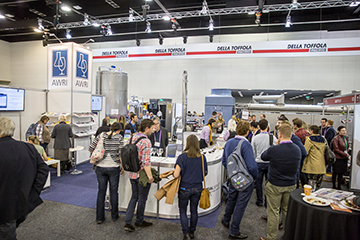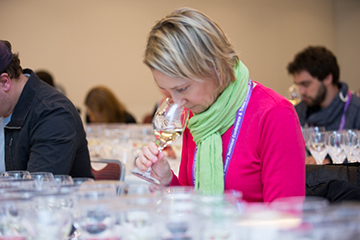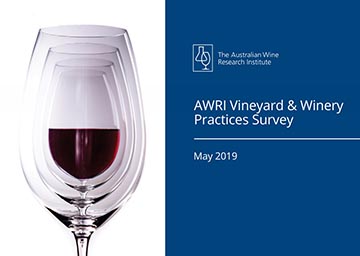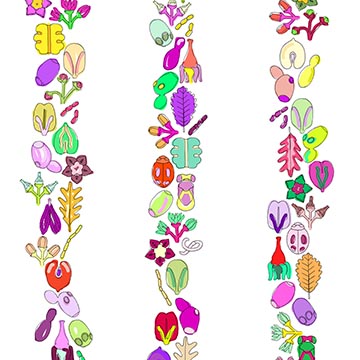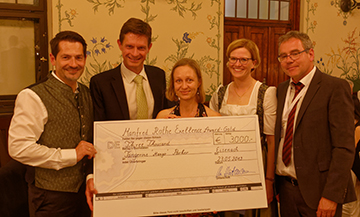Nominations are sought for three levy payer-elected Director positions on the AWRI Board, which will become vacant on 31 December 2019. The AWRI’s Constitution provides that there will be not less than seven nor more than 11 Directors. Six of those directors are nominated and/or elected by organisations that pay the Wine Grapes Levy. Nominations close on Friday, 2 August 2019 at 5:00 pm.
Levy payers in the small (<2,000 tonnes), medium (2,001-50,000 tonnes) and large (50,001+ tonnes) producer categories are called on to nominate suitably qualified candidates for the vacant positions.
This is an excellent opportunity for an interested candidate to become involved in the Australian wine industry’s own R&D organisation and, in addition to their other duties and responsibilities, provide a ‘coalface’ perspective to the direction and priorities of the AWRI’s research, development, extension and commercialisation activities.
In the event that more than one nomination is received for a particular category, an election will be held. Levy payers in that particular category will have the opportunity to vote for their preferred candidate. If an election is necessary, it will be held in August/September 2019 and further information will be published at the time.
Successful candidates will take office on 1 January 2020 for a term of three years.
All Wine Grapes Levy payers will be sent an explanatory letter and nomination form by email in the week beginning 8 July 2019. Nominations close on Friday, 2 August 2019 at 5:00 pm. Nomination forms and further information on the AWRI Board and the nomination/election process can be found on the AWRI website.


